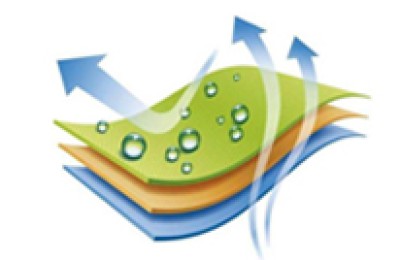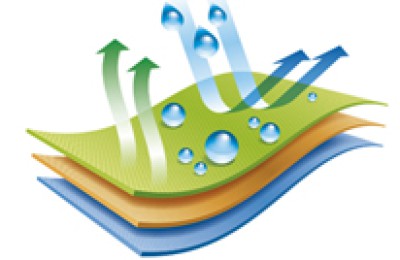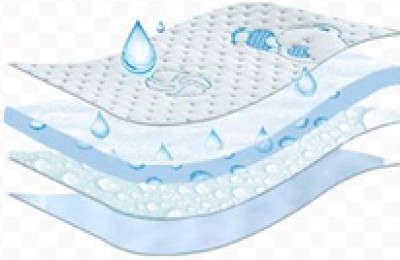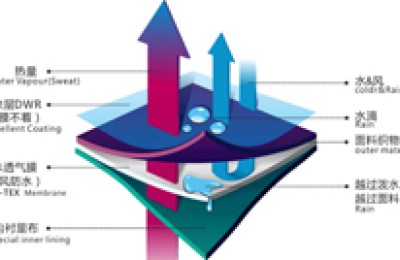Twelve countries, led by the United States and Japan, reached an agreement on the Trans-Pacific Strategic Economic Partnership (TPP), reorganizing trade relations in the region. Analysts believe that Vietnam and Japan (especially Japanese car manufacturers) will be the big winners under the TPP, while the Chinese economy, which is excluded, may be further pressured and become the biggest loser.
Foreign media analysis pointed out that China has not joined the TPP, allowing the United States to further tighten the trade circle within the region. Part of the market share of Chinese manufacturers in the United States and Japan may be cannibalized by other developing countries such as Vietnam and Malaysia, which will make China and Vietnam They became the big losers and the big winners respectively under the TPP.
Wen Jie, a strategist at Sun Hung Kai Financial Wealth Management, believes that Japan is expected to benefit from the TPP because its GDP shrank quarter-on-quarter in the second quarter and it is expected to use the TPP to drive exports. However, if the mainland wants to stabilize its currency exchange rate, it will be difficult to significantly depreciate the RMB to resist the impact of the TPP. On the other hand, although Europe is not included in the TPP, it is expected to increase liberalization in the next three to six months. The depreciation of the euro will help enhance export competitiveness.
Bank of America Merrill Lynch believes that the TPP will be beneficial to purchasing agents and manufacturers in the region, increasing their competitive advantages and bargaining power, and increasing revenue in the long run.
Lau Chin-ho, honorary president of the Federation of Hong Kong Industries, said that some Hong Kong manufacturers that have opened textile and shoe factories in Vietnam are expected to benefit from the TPP.
Although import tariffs are the responsibility of importers, these manufacturers do not directly benefit from TPP’s tariff preferences, but they have the opportunity to increase orders due to lower sales prices.
As for whether Hong Kong chambers of commerce with factories in China will be hit, Liu Zhanhao said that it depends on whether the products currently exported to the United States can be produced in other TPP countries and be more competitive than those produced in mainland China.
As a huge trading partner of the United States, some products do require the supply of Chinese manufacturers (including Hong Kong manufacturers), so the TPP may not have much impact on China’s exports. He believes that the vast majority of Hong Kong manufacturers will not move their production lines from China to TPP countries for the time being.
However, as China’s production costs rise and regulations tighten, Hong Kong manufacturers need to set up a second production line and must consider TPP countries to cooperate and balance risks.
Since TPP’s tariff reductions and exemptions have the principle of origin, that is, textiles and clothing are required to enter markets such as the United States that set the above conditions. The production of raw materials from yarn to fabric, and the processing from cutting to sewing must be in the TPP It is completed within the territory of member countries, but the supporting facilities of Vietnam’s textile industry chain are not yet complete, mainly reflected in technology- and capital-intensive yarn, printing and dyeing, finishing and other links.
In recent years, most Hong Kong cotton spinning companies have set up factories in Vietnam. They can make use of the abundant local labor resources and fully purchase raw materials in the international market (there are no quota restrictions on cotton imports from Vietnam), effectively reducing overall production costs.
At the same time, after officially joining the TPP, Vietnam’s textile and apparel products have preferential export tariffs. Subject to restrictions on origin, it is expected to drive a significant increase in orders in the local market, which will help expand overseas sales with downstream customers. This is also Hong Kong clothing companies have added production lines in Vietnam in recent years. TPP puts Hong Kong textile and apparel manufacturers at risk






